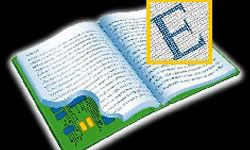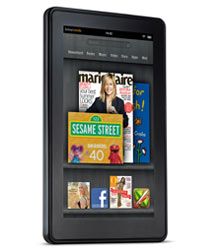Whenever Andrea Eldridge and her family were setting out on vacation, they used to have to haul around some very heavy suitcases. No, the Eldridge family, who live in Redding, Calif., wasn't compulsive about bringing along outfits for every conceivable function or occasion; instead, they had to find room to fit all of the books they planned to read. "We are a family of readers, and years ago that meant packing almost an extra suitcase full of books on every vacation," says Andrea, who is CEO of Nerds on Call, a computer and electronics repair service company she founded with her husband Ryan in 2004.
These days, that problem has vanished, thanks to the proliferation of e-readers on the market. But that doesn't mean there's no longer a choice to be made. "Now, with an e-book reader on the market for just about every preference, the problem has become not selecting the books to bring with us, but selecting which e-reader to read them on," Andrea says.
Advertisement
Indeed, it's a choice that gets more and more complicated by the month. According to Sy Paulson of retailer Best Buy, his company offers 11 different e-readers, everything from the Nook to the Sony Reader to the complete line of Kindle products, with prices ranging from $49.99 to $249. If the business activity of just November 2011 is any indication, consumers can expect more and more choices in the future -- Amazon's e-reader Kindle Fire became available in mid-November 2011, and Barnes & Noble unveiled its new Nook series earlier that same month [source: Ward-Bailey].
Choice is good. But it also can be confusing to figure out which e-reader exactly suits your needs. We've got some tips to help you find your way, and a good place to start is by staring straight ahead.


